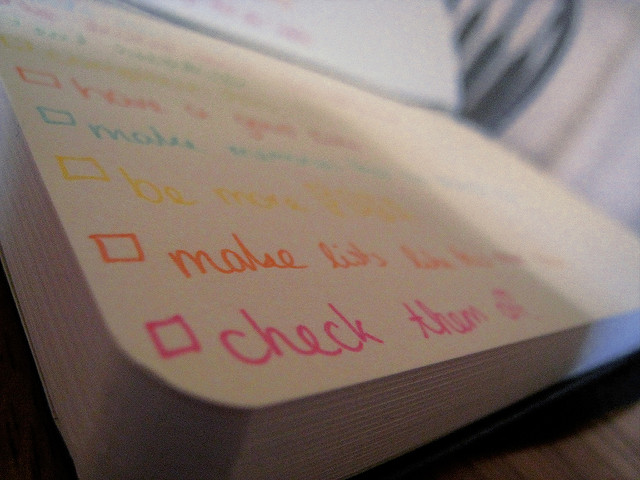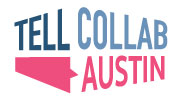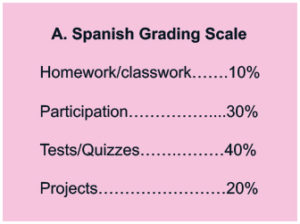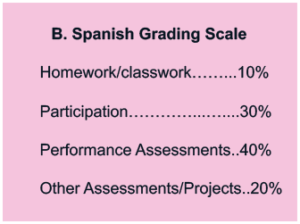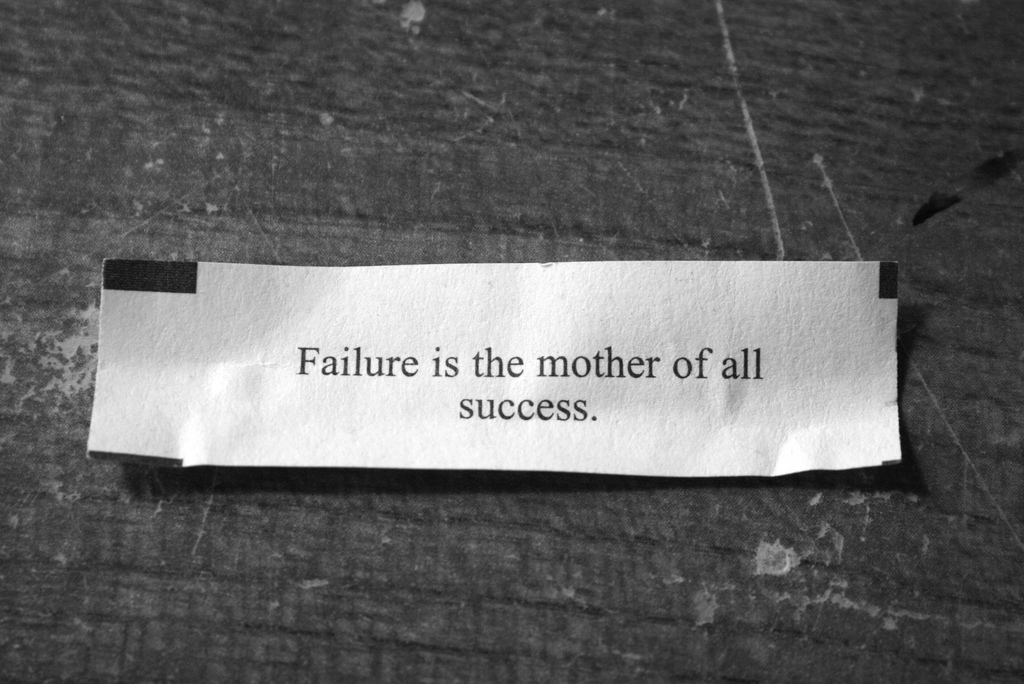August happened, there’s no turning back… So I mustered up the courage and walked through the classroom door. Greeted suddenly by the off-gassing of new tables, I immediately threw the windows open. Then came the deer-in-the-headlights moment. What will I do with them? How will I arrange them? Should I figure that out first before digging into the “real work” of getting ready for that first day? I have to admit that I’ve always put the classroom arranging and beautifying tasks ahead of every other task in August; after all, I can’t really “think” until my stage is set. I had asked for the tables, but hadn’t anticipated what they’d mean to my space. I’ve always put a great deal of importance on my physical environment, be it my childhood bedroom, run-down student apartment, or my classroom. I can’t wait to hang up pictures, create color combinations that are soothing, make the atmosphere gemütlich; and that goes for my classroom as well.
I’d always felt very confident about the learning environment I provide my students. They like my room, and they say so. The couch is a seriously comfy 70’s floral monstrosity, there are interesting ads, pictures, posters, infographics, and reference charts everywhere, and we’ve even had a communal crossword puzzle going. But as I sat there that day, probably breathing in way too many airborne chemicals, I decided to re-think my yearly process. I decided to assess my confidence and maybe get some guidance.
I heard myself say “my space,” “my stage,” “my classroom,” and it suddenly felt contrary to what I thought had always been my primary goal for arranging and decorating the classroom; that I had been doing it to benefit student learning.
I was questioning my motives and needed to redirect. I wanted this to be my students’ classroom. I’d just hang out here a little more often.
So I accessed the TELL Framework Environment Self-Assessment and got my pencil out. I filled it out, but what jumped out at me were E4 and E5.
Disclaimer: It has taken me some time to approach these self-assessments with anything less than fear and trepidation and choose instead to use them as a tool to guide growth rather than another opportunity to self-judge. It helped a lot when I started taking each statement and having a friendly conversation with myself or a trusted colleague rather than going straight to filling in the circles. And, the self-assessment is for me, right? I don’t think I’ve ever left a self-assessment without wanting to set a goal, even if it were a domain that, at first glance, I felt I did with confidence.
E4 : I create a classroom environment that is culture-rich and encourages the use of the target language.
How did I do? Well, my big eye-opener from E4 was the phrase “my students and I.” Sure, I consider the needs of my students when I put the classroom together, but do I really involve them in the process? Give them input? Then I put the phrase “my students and I” together with the verbs “select,” “participate,” and “create,” and I realize that this is work that we need to do together at the beginning of the year in order to make the classroom our space. Much of what I see in my classroom is here for my benefit and not for my students’.
E5: I maximize the organization of the physical environment to support the performance objectives.
E5 is all about physical environment. Many of the statements in E5 are also included in the Physical Environment Self-Assessment (Feedback Tool Self-Assessments), which I plan on putting in the hands of a colleague I’ve invited to the room a few weeks into the school year to provide feedback on what I felt we’ve accomplished.
Again, it’s all about the students. I’m not sure my students always feel like there’s an open invitation for them to access available resources. I want them to explore the classroom, but have I established the procedures with them to do so? Do I leave sufficient space to display current samples of student work? Do I really provide enough space for them to receive information they need from me? Shouldn’t they be invited to add their own messages to these four walls?
So now it’s time to decide how to proceed. Based on my responses on the self-assessment, I’ve come to the conclusion that too much of “my” classroom is about me. First off, I think I’ll put books and reference materials I seldom (or never) use in boxes and get them out of here. Resources I use for planning are primarily web-based and, in all honesty, I can’t point out which books I’ve pulled off the shelves and truly referenced in the past few years. That will clear out about 75% of my shelf space and create student space; and I can ask the students what they might want to do with it!
And the walls? Sure, I’ll keep some favorites on the wall, but otherwise I’m going to keep it simple. I think that Megan Smith wrote this blog just for me, except that the question word posters aren’t in German 🙂
http://www.creativelanguageclass.com/teacher-problems/keep-it-simple-classroom-decor/
For a more comprehensive array of ideas, check this out, too!
http://www.creativelanguageclass.com/category/planning/class-decor/
Next, I’ll explore the resources that TELL has identified for further reading on the topic of Environment.
Finally, I’ll go back to the Environment Self-Assessment.
E2 invites me to reflect on how I collaborate with my students to promote a safe and supportive learning environment. I’ll easily identify some goals that we will weave into those weeks of class.
And all this time I thought I wasn’t doing the “real work” of getting ready for that first day…
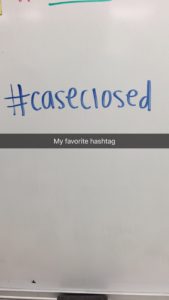 This year, I have tables instead of the traditional desks, so my students are able to facilitate more of a community and collaborate more on their work, and I think it’s really working so far because we have “Table Talk” (said in my best/worst imitation Brooklyn accent) before we have any whole group discussion. I think “Table Talk” really solidified the classes’ idea of community, especially while my voice was–ahem–on vacation because they really had to rely on each other to navigate the texts rather than try to convert me into Señor Diccionario.
This year, I have tables instead of the traditional desks, so my students are able to facilitate more of a community and collaborate more on their work, and I think it’s really working so far because we have “Table Talk” (said in my best/worst imitation Brooklyn accent) before we have any whole group discussion. I think “Table Talk” really solidified the classes’ idea of community, especially while my voice was–ahem–on vacation because they really had to rely on each other to navigate the texts rather than try to convert me into Señor Diccionario.
